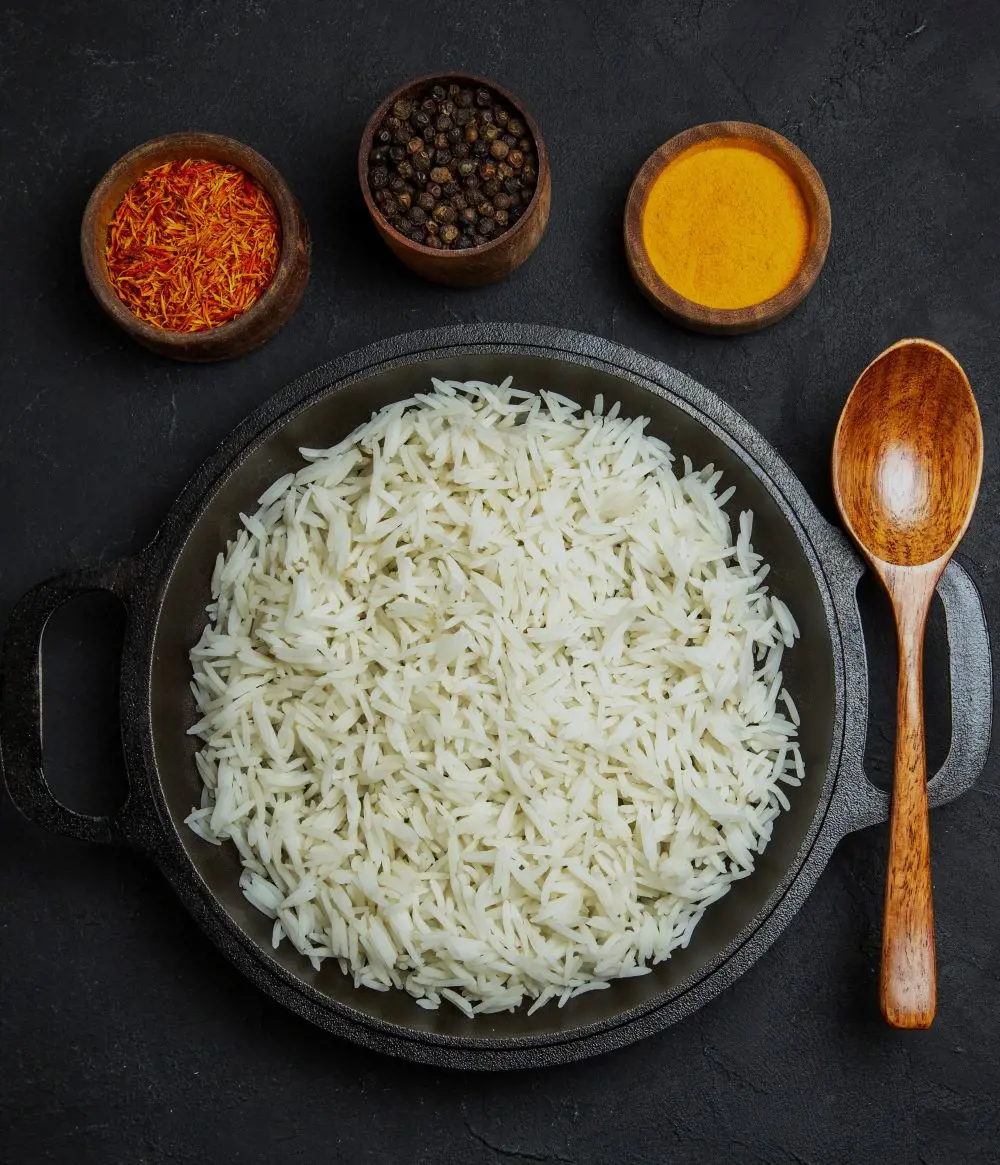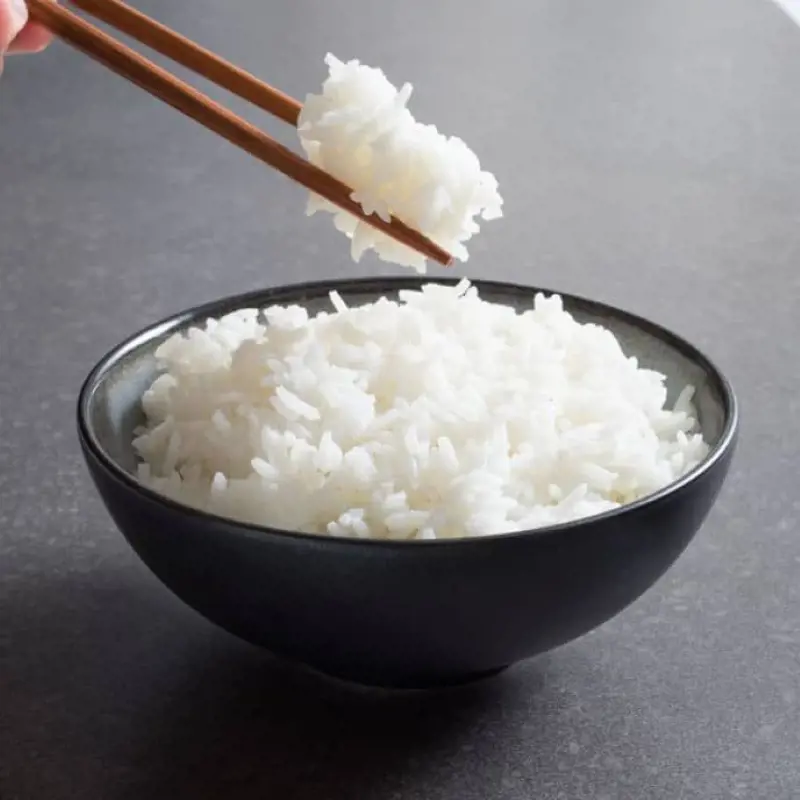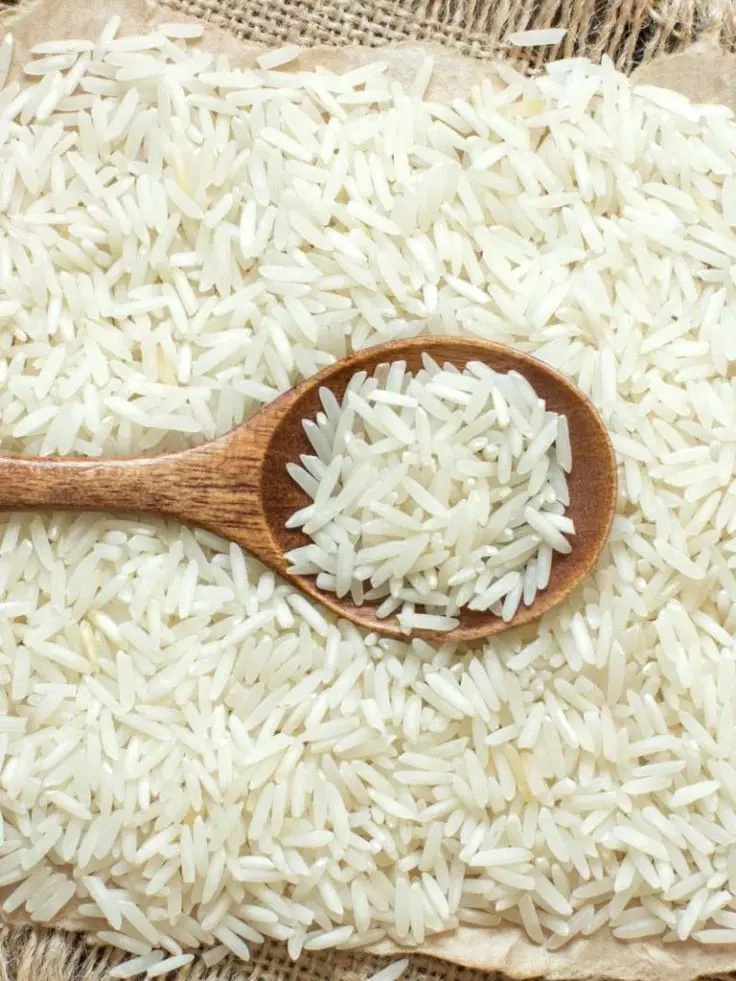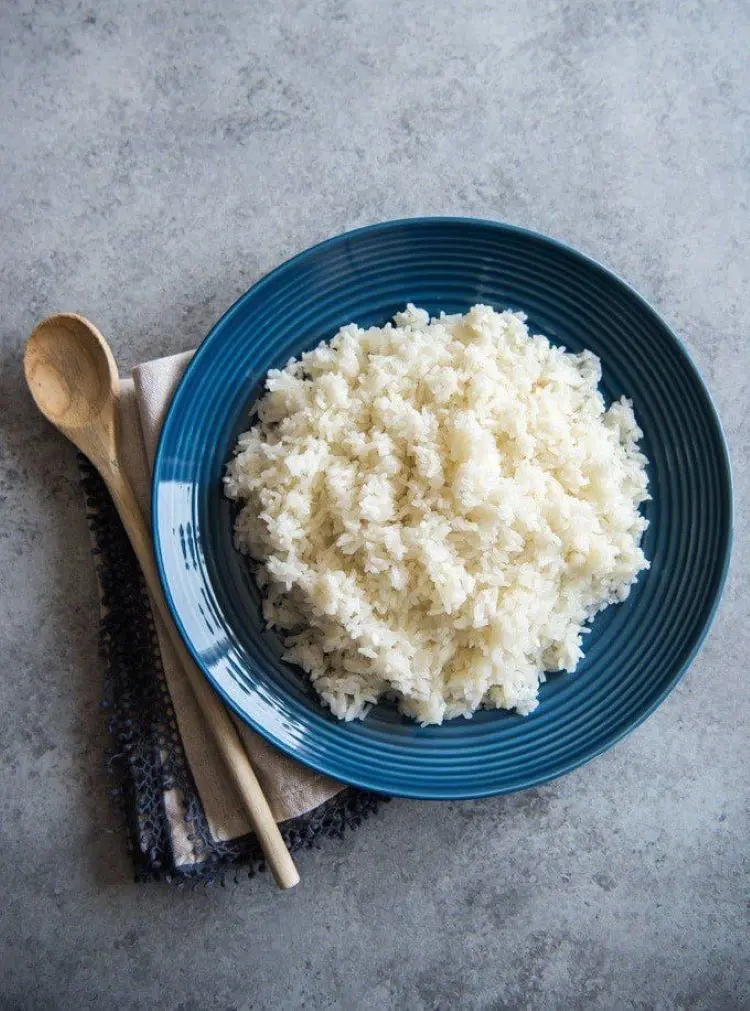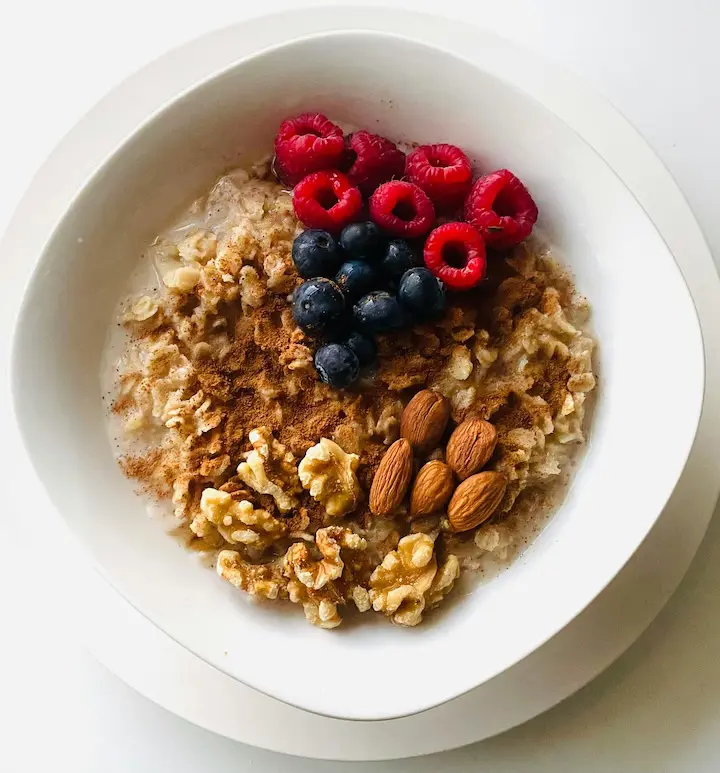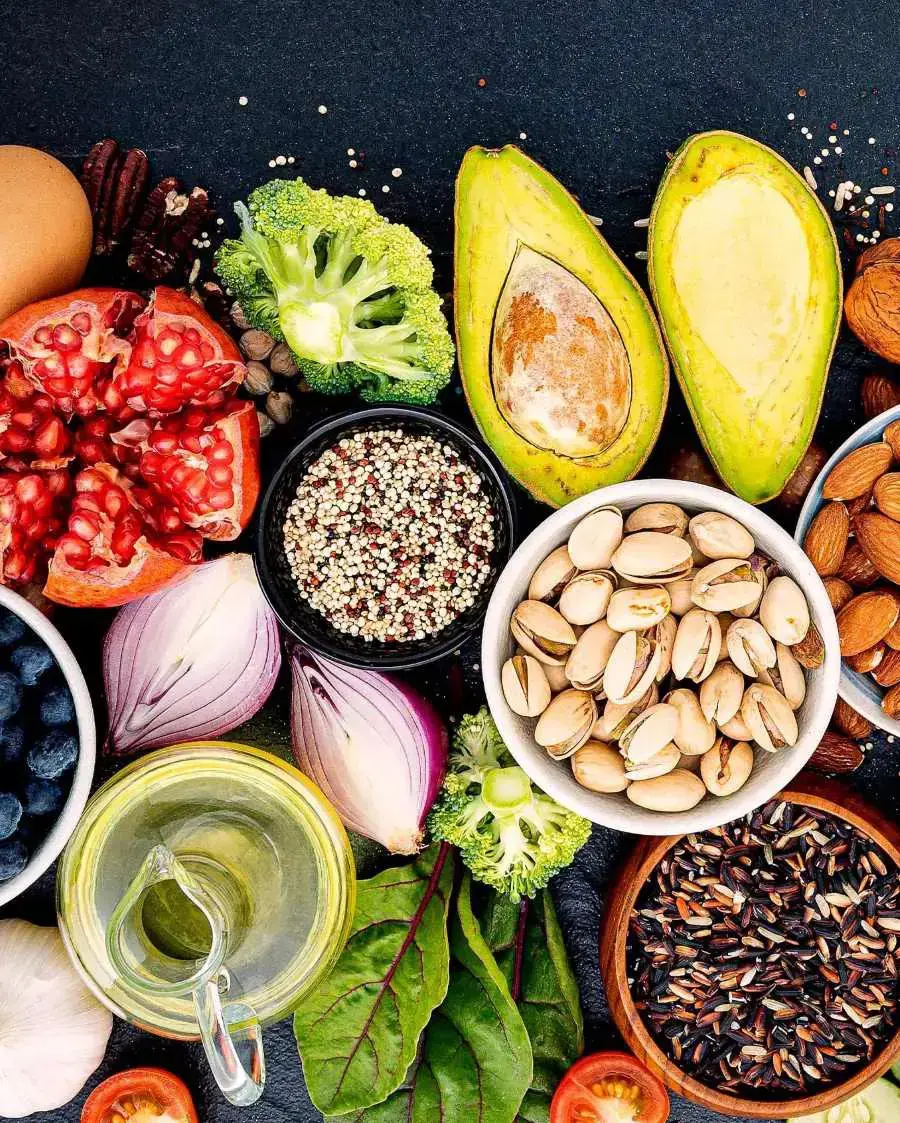White Rice Nutritional Profile
While white rice is often considered a "simple carb," it does hold some nutritional value. Carbohydrates make up about 80% of white rice, primarily in the form of starch. Starch provides energy for the body but lacks fiber for sustained release. It contains a moderate amount of protein (around 4-5% per serving), but it's not considered a complete protein as it lacks some essential amino acids.
It typically contains B vitamins like thiamine (B1), niacin (B3), and riboflavin (B2), important for energy production and nervous system function. However, processing often removes these vitamins, requiring enrichment with synthetic versions.
Here is the breakdown of the white rice nutritional profile down below:
- Calories: 194
- Carbs (grams): 41.1
- Protein (grams): 4.6
- Fat (grams): 0.6
- Dietary fiber (grams): 1.4
- Phosphorus (% daily value, or DV): 7%
- Selenium (% daily value): 27%
- Niacin (% daily value): 23%
